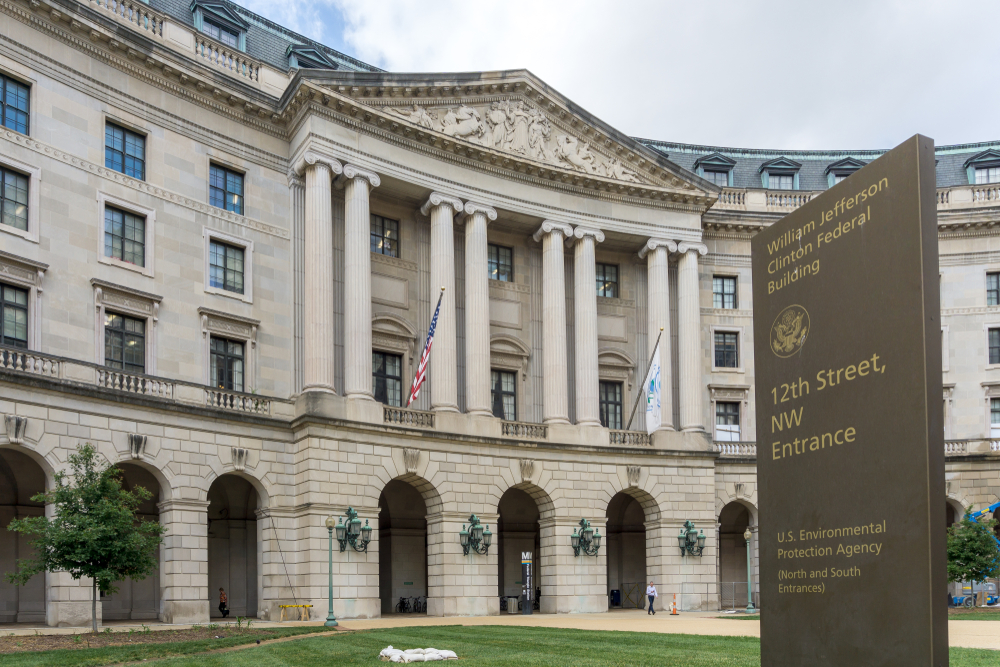Effective August 14, 2023, the EPA’s rescission of the Trump-era rule “Increasing Consistency and Transparency in Considering Benefits and Costs in the Clean Air Act (CAA) Rulemaking Process” will be finalized.
The rule (Benefit-Cost Rule) was rescinded “because the changes advanced by the rule were inadvisable, untethered to the [CAA], and not necessary to effectuate the purposes of the Act,” states the final rule published in the Federal Register.
In reviewing the rule under President Joe Biden’s Executive Order (EO) 13990, “Protecting Public Health and the Environment and Restoring Science To Tackle the Climate Crisis,” the EPA “found that it imposed procedural restrictions and requirements that would have limited EPA’s ability to use the best available science in developing [CAA] regulations, and would be inconsistent with economic best practices,” says an Agency news release.
The previous administration’s Benefit-Cost Rule instructed the EPA to disregard any co-benefits of any proposed rules limiting emissions for one toxic substance, such as the co-benefit of the rule also cutting other toxic emissions not related to the rule.
“Trump had imposed the Benefit-Cost rule mainly in reaction to the EPA’s Mercury and Air Toxics Standards (MATS) rule that had been adopted by his predecessor President Barack Obama’s administration,” as previously reported by msn.com. “In its justification for MATS, the Obama administration accounted for indirect benefits of installing mercury pollution-control equipment at coal plants that included things like reduction of deadly emissions of particulate matter.
“Trump’s EPA said the costs of compliance with that rule far outweighed the direct public health benefits of slashing mercury emissions alone.”
Reasons for the Benefit-Cost Rule recission
Upon review, the current administration concluded the Benefit-Cost Rule should be rescinded for the following reasons:
- The Benefit-Cost Rule imposed broad restrictions and requirements on when and how the Agency must conduct benefit-cost analyses (BCAs) for CAA rulemakings without explaining why those requirements were needed.
- The Benefit-Cost Rule wasn’t necessary to carry out the CAA because the EPA already prepares a BCA for CAA rules that warrant such analysis.
- The codification of specific practices in the Benefit-Cost Rule limited the EPA’s ability to rely on the best-available science.
- The Benefit-Cost Rule’s presentational requirements invited net benefit calculations in regulatory preambles that are misleading and inconsistent with economic best practices.
- The Benefit-Cost Rule didn’t reconcile its provision that the Agency consider the required BCAs with the substantive mandates of the CAA.
- The preexisting and ongoing administrative process provides for ample consistency and transparency. The EPA will continue to conduct rigorous, state-of-the-art BCAs in accordance with the applicable EOs and Office of Management and Budget directives.
“This is good news because steps the nation takes to clean up toxic air pollutants, including mercury and acid gases, have saved thousands of lives thanks to reductions of particle pollution in our air at the same time,” said American Lung Association President and CEO Harold Wimmer, according to rollcall.com. “Lives saved from reducing a certain pollutant as a result of steps taken to clean up another pollutant aren’t any less real or valuable.”

